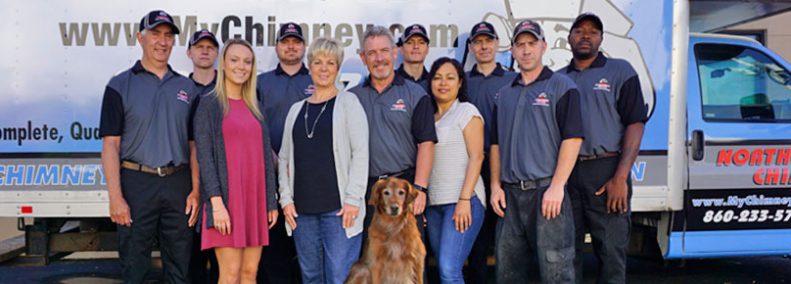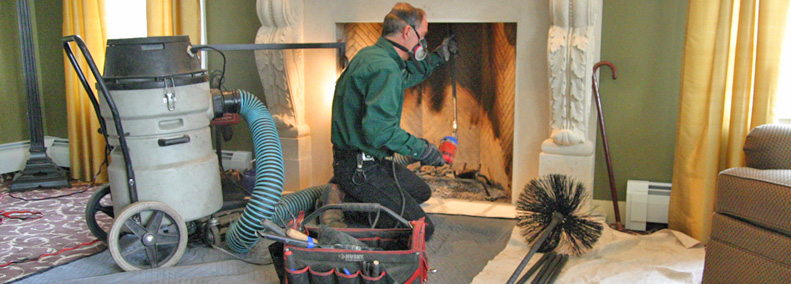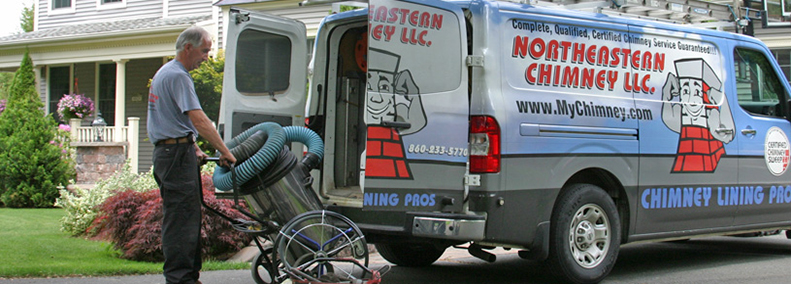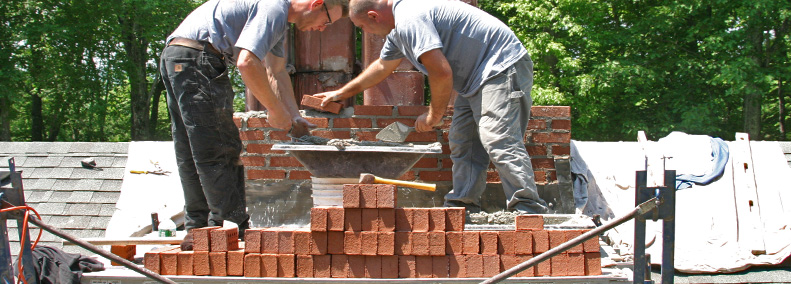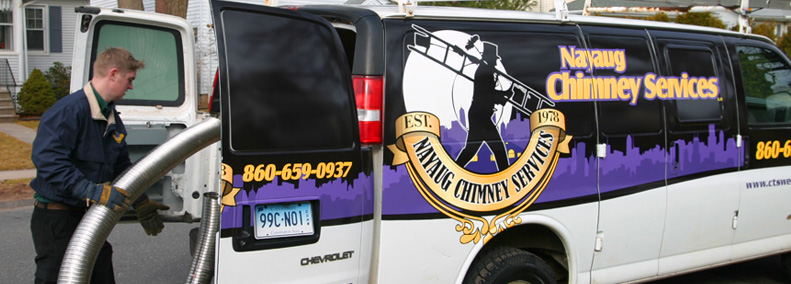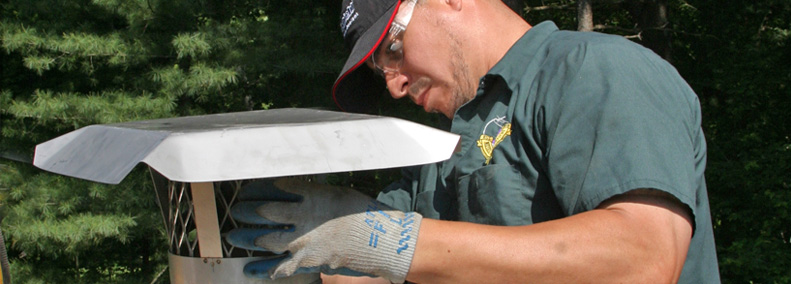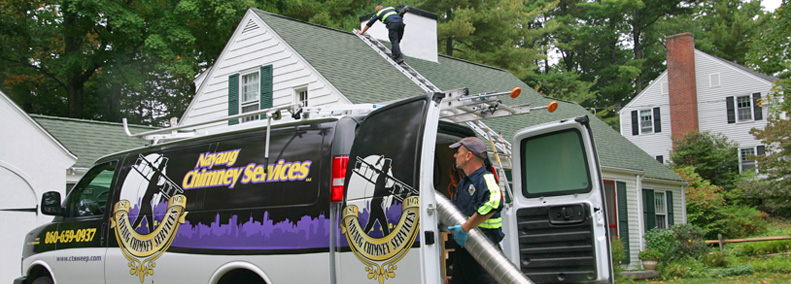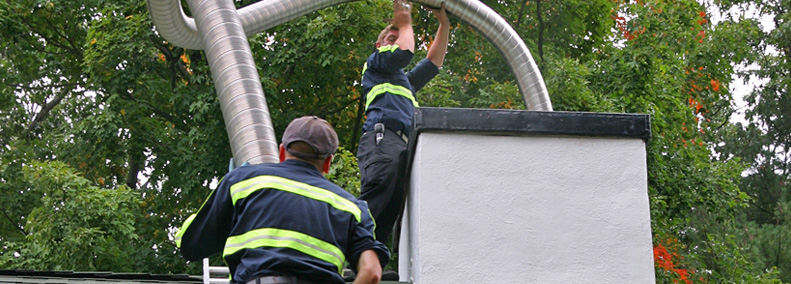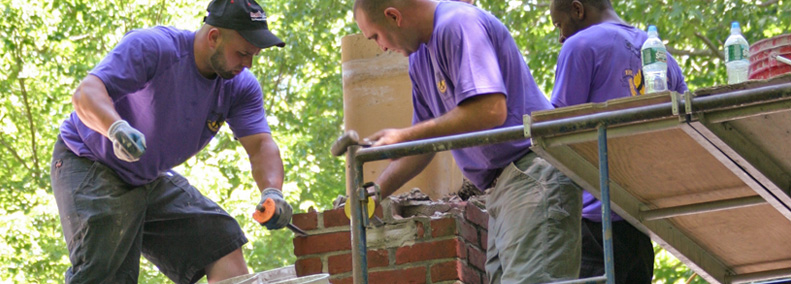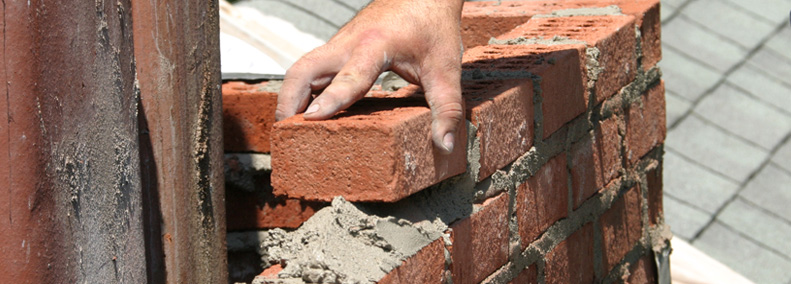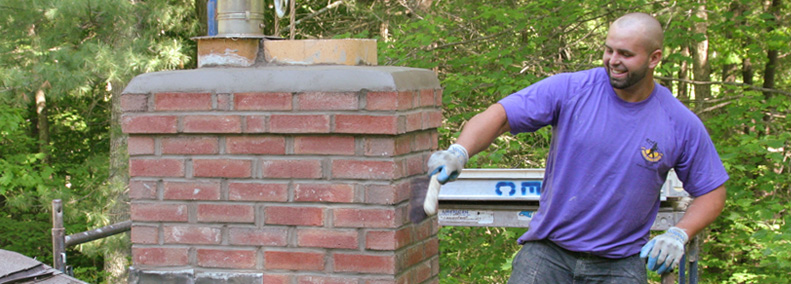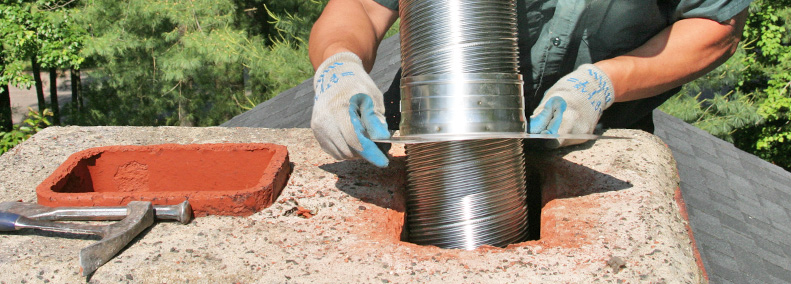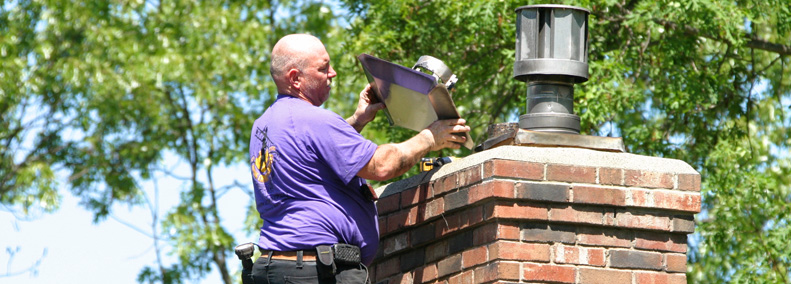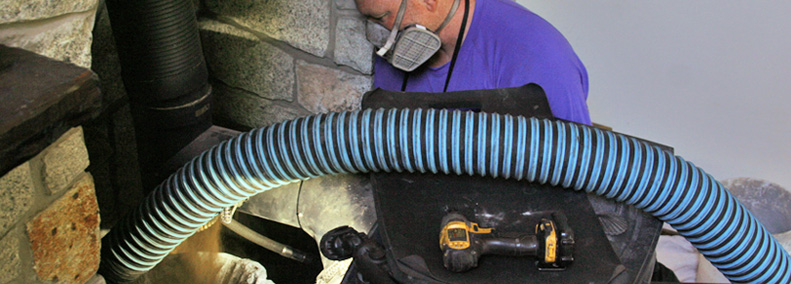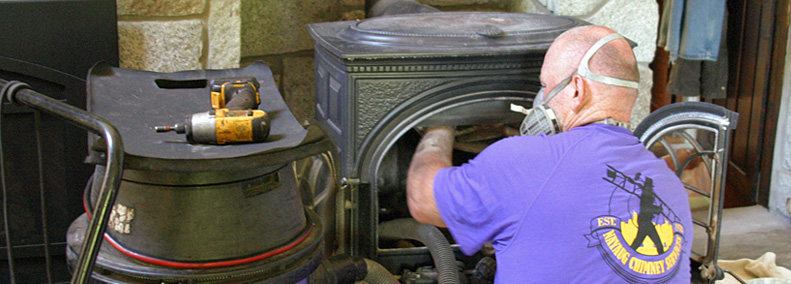11.06.12
Child Chimney Sweeps: A True and Shocking Tale
When you get your chimney cleaned by a professional chimney sweep, special tools are used which are proven to be effective. There was a time in history, however, in which the job of cleaning a chimney was carried out by a child who would climb the chimney while holding a brush over his head. The soot would fall down over the child and down to the bottom of the fireplace. The child would then slide back down the chimney, collect the soot, and hand it over to the master sweep, who, in effect, owned him. And this isn’t even the worst of it.
Small boys, usually 6 years of age, were purchased from their poverty stricken parents by a master sweep. The children became the property of the master sweeps and were virtually always cruelly treated, essentially living the life of slaves in some of the worst conditions imaginable.

Many times small children would get stuck inside the twisted chimney which caused serious health complications and sometimes death.
This practice of sending small boys up and down chimneys in order to ensure that they were free of harmful creosote deposits was the norm in England for approximately 200 years. The use of child chimney sweeps became widespread after the Great Fire of London, which occurred in September of 1666. When the city was rebuilt, building regulations were changed. Fireplaces had to have narrow chimneys, as a part of an effort to stop a repeat of the devastating London fire.
As a result, it became the life of generations of small boys that they were made to wake before dawn and work mercilessly. The children would climb up the chimneys using their elbows, back, and knees. The master sweep would scrub their knees to harden them; but before calluses formed, the children were usually seriously bloodied.
There were many hazards associated with human chimney sweeps. Children got stuck in the 18-inch-wide chimneys; sometimes it was due to climbing technique and when children had to go up chimneys which had turns, they became lodged between tight corners and walls of soot. A second child would usually be sent into a chimney to rescue the first, and they would sometimes both die for various reasons. On occasion, the walls of a home would have to be torn down to remove the child or children lodged in the flue.
These children received no wages, but they were beaten if they didn’t work well and quickly enough to suit the master sweep. They received little food and usually slept in basements on top of the blackened bags used to collect soot.
As a result of their work, the children often had lung problems, and their eyes would swell, becoming sore and inflamed. Many children became disfigured or had stunted growth because they were placed in such unnatural positions before their bones were fully formed.
When the boys became adolescents, it wasn’t unusual for them to suffer from a painful cancer of the scrotum. Chimney Sweep Cancer was unique to chimney sweeps and is the first recorded form of industrial cancer.
A child who worked as a chimney sweep rarely grew to live past middle age.
Efforts were made through the years to put an end to the cruel practice of using child chimney sweeps, but they failed until 1875. The death of 12-year-old chimney sweep George Brewster became the catalyst which finally pushed through legislation that outlawed the cruel practice.
George Brewster became stuck in one of the chimneys in Fulbourn Hospital. His master, William Wyer, had sent George into that situation. A wall had to be torn down to free George from his narrow prison. He died a short time later. Wyer was charged and found guilty of manslaughter. George Brewster was the last child chimney sweep in England to die in a chimney.
Northeastern Chimney, Inc.
formerly Nayaug Chimney Services, LLC
37 Cody Street, West Hartford, CT 06110
Phone: 860-233-5770

 Tap to Call Now
Tap to Call Now

